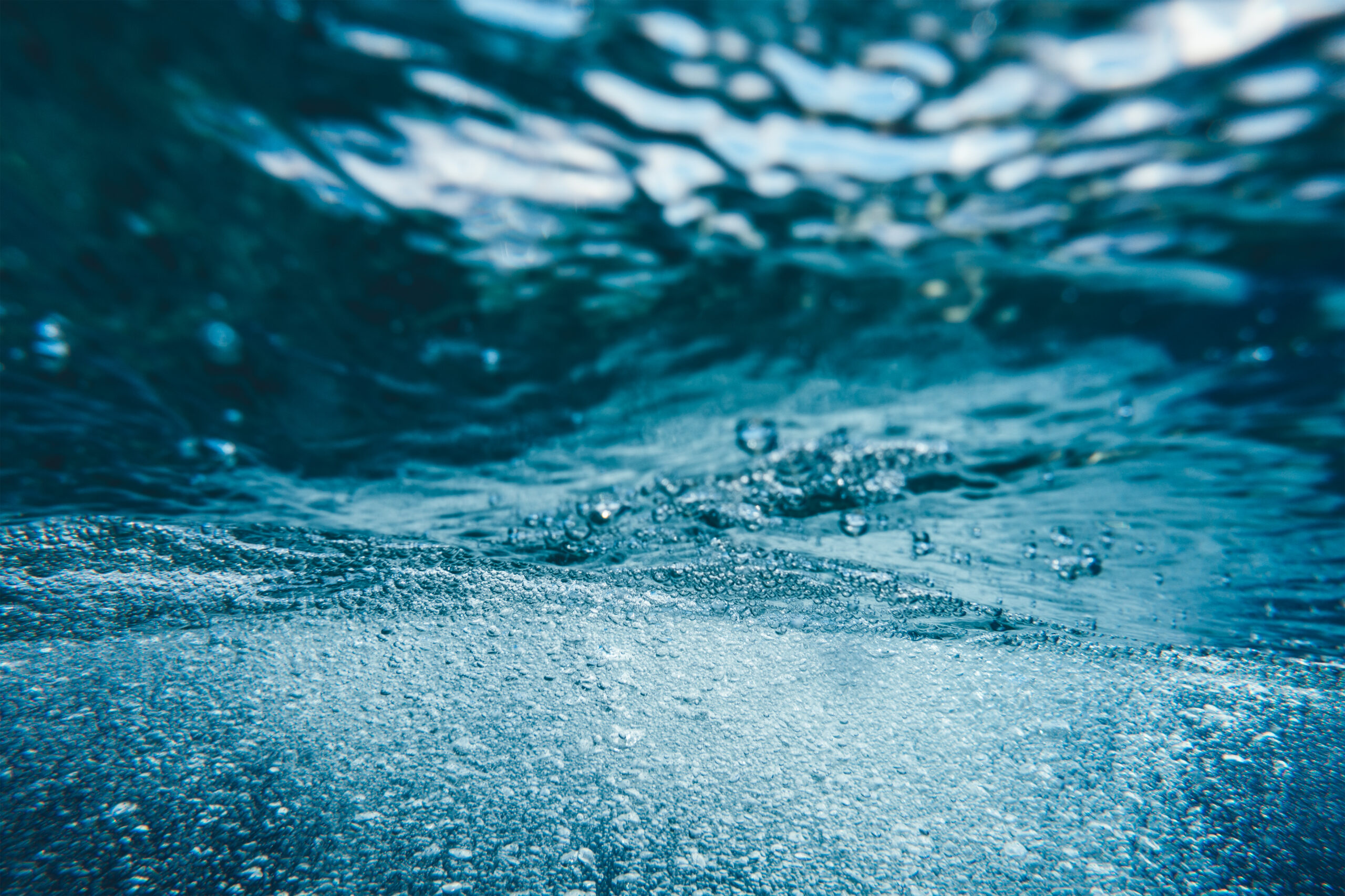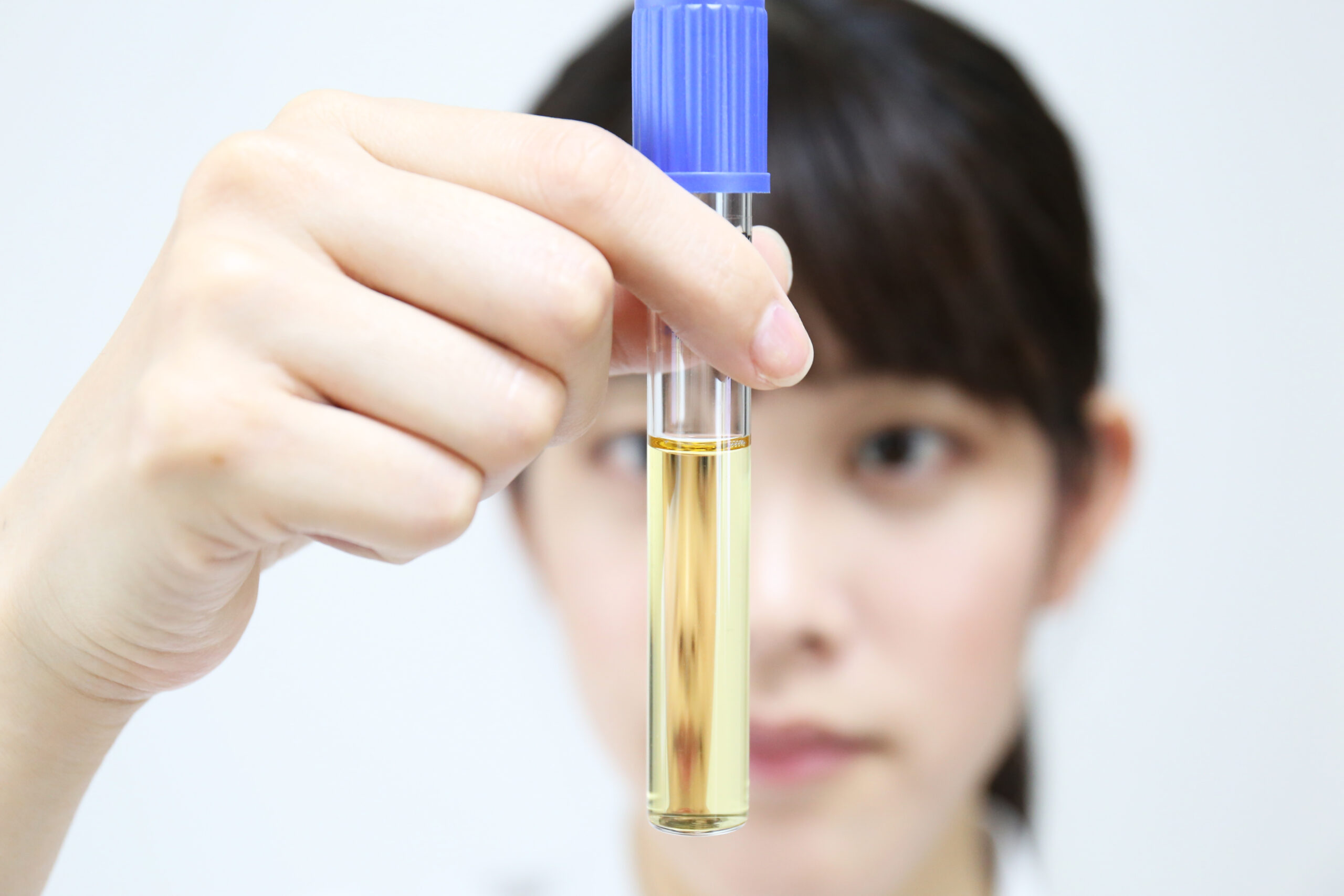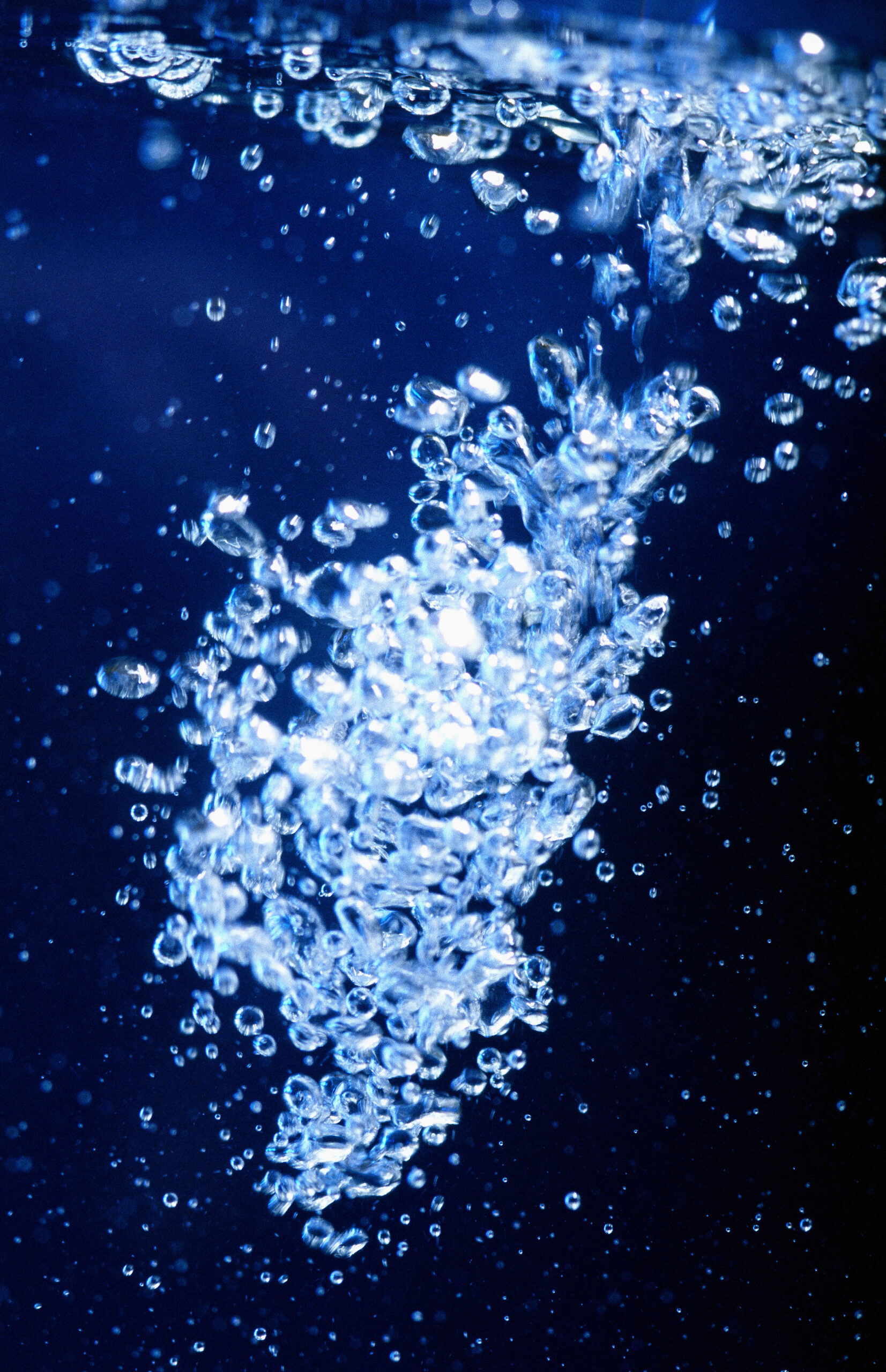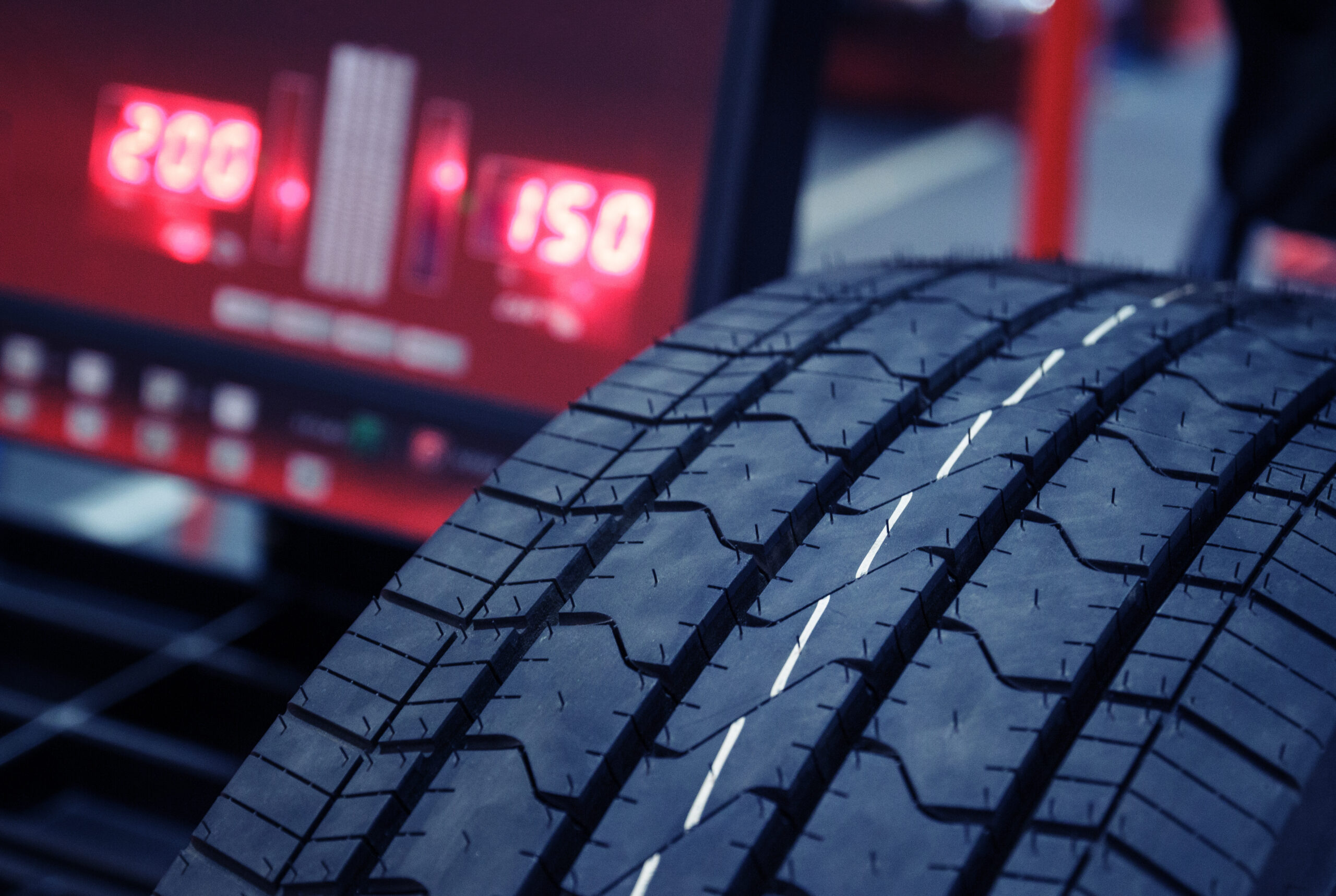
Tire and road wear particles (TRWP) resulting from tire abrasion while driving raise questions due to their potential contribution to aquatic toxicity. This study aimed to assess cryogenically milled tire tread (CMTT) particle toxicity, used as a proxy for TRWP, and associated chemicals to fish using two Rainbow Trout (Oncorhynchus mykiss) cell lines representing the gill (RTgill-W1) and the intestinal (RTgutGC) epithelium.
CMTT toxicity was evaluated through several exposure pathways, including direct contact, leaching, and digestion, while also assessing the impact of particle aging.
Study highlights included:
- An assessment of tire and road wear particles’ toxicity to fish using fish cell lines
- Investigation of the specific toxicity of tire particles, leachates and in vitro digestate
- Observation that the acutely toxic concentration of tire particles exceeds that of concentrations found in the environment
- That tire particles continuously leach chemicals, Zn and 6PPD
- That 6PPD-quinone (6PPD-Q) was detected but not found toxic to RTgill-W1 and RTgutGC cell lines








